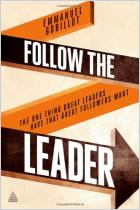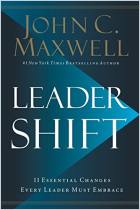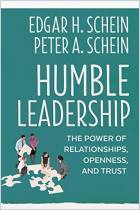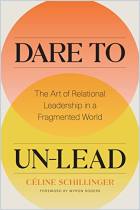Emmanuel Gobillot, a senior leadership consultant, is an author for thoughtful readers. His books are smart, subtle and nuanced. He insists that you look at established truths in new ways. In some cases, Gobillot demolishes old verities and substitutes new realities, as you will see in his examination of leadership. He shows why the old leadership paradigm, based on “experience, expertise and control,” is defunct. According to Gobillot, modern leaders must change their mindsets if they wish to stay relevant. getAbstract recommends his provocative book to executives and managers who want their organizations to succeed in the new collaborative work environment.
Leaders Are Changing
During the past few decades, the business world has become increasingly collaborative. Professionals working together with no formal leadership develop open-source software that anyone can download for free. Using wikis, large numbers of people jointly create Web site content. In crowdsourcing, firms assign projects they formerly handled internally to external groups.
As collaboration increases, leadership must change. Modern leaders do not set their companies’ direction. That arises from the community. People look to leaders not for instruction but rather for valuable contributions.
Leadership has given way to “leadershift,” in which leaders are members of nonhierarchical groups. Their leadership consists of promoting collaboration and facilitating those groups’ development of “a narrative that builds and sustains a valuable and co-created outcome.” Four kinds of trends are responsible for this change: “demographic, expertise, attention and democratic.”
“The Demographic Trend”
Today’s corporate offices do not resemble those of decades past. They include people of many different races, ethnicities and sociocultural backgrounds...
Emmanuel Gobillot is a leadership consultant, author and speaker. As the former director of leadership services at the Hay Group, Gobillot consulted with some of the world’s leading CEOs and executive teams regarding leadership, collaboration and innovation issues.



















Comment on this summary or Start Discussion